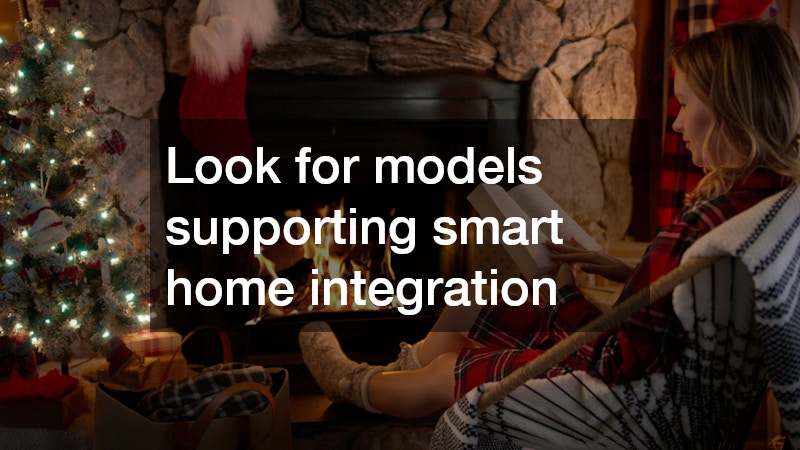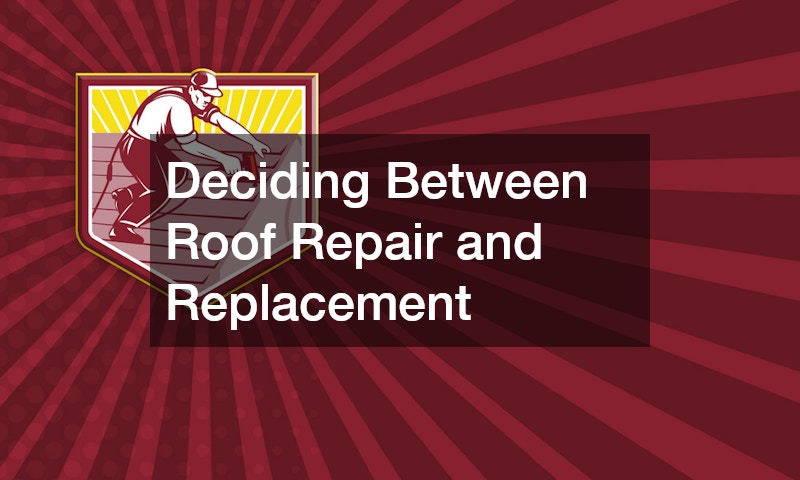Choosing the right gas fireplace products can be a daunting task. With various options available on the market, understanding your personal needs and preferences is essential.
Choosing Your Fireplace
When exploring the world of gas fireplaces, you’ll primarily encounter three types: direct vent, ventless, and natural vent. Direct vent gas fireplaces are popular due to their ability to take air from outside for combustion and vent directly out of an exterior wall or roof, making them suitable for various home styles and preferred for energy efficiency.
In contrast, ventless fireplaces rely on the air within the room for combustion and do not require a flue, offering more installation flexibility but demanding stricter adherence to safety regulations to avoid oxygen depletion. Natural vent fireplaces, also known as B-vent, use existing chimneys for air intake and exhaust venting, but can be less efficient due to heat being lost through the chimney.
A key factor when choosing between these types is to consider the specific needs and infrastructural limitations of your home. For instance, direct vent fireplaces are ideal if you desire an efficient unit that fits well with modern home designs and minimizes heat loss, whereas ventless fireplaces are beneficial in scenarios where structural modifications are impractical. Moreover, natural vent options can be suitable for homeowners looking to maintain the traditional aesthetic of wood-burning fireplaces without the maintenance and wood storage demands.
Additionally, your choice might be influenced by aesthetics and the desired ambiance. While the direct vent and ventless models offer more contemporary designs with variable flame appearances, natural vent fireplaces often mimic the traditional look that many homeowners find appealing. It’s essential to weigh the pros and cons of each type against your lifestyle, space, and aesthetic aspirations to make a well-rounded choice.
Considering Safety Features
When investing in a gas fireplace, prioritizing safety features can help protect your home and family from potential hazards. A crucial safety element to consider is the presence of an oxygen depletion sensor (ODS), which automatically shuts off the fireplace if oxygen levels within the room fall below safe thresholds. This feature is particularly vital in ventless models, where air circulation may be limited. Moreover, ensuring that your gas fireplace model adheres to local safety standards and carries reputable certifications can provide additional peace of mind.
Another essential safety feature is cool-touch glass. Many contemporary fireplace models incorporate a double glass panel or air circulation technology to keep the glass cool to the touch, preventing accidental burns, especially in homes with children or pets. Additionally, safety screens should be considered to provide a protective barrier between the hot glass surface and room occupants, further enhancing security.
Finally, installation and regular maintenance play integral roles in ensuring the safe operation of a gas fireplace. Engaging a certified technician for installation ensures that the fireplace is fitted correctly and complies with all safety regulations, reducing the risk of gas leaks or improper ventilation. Furthermore, routine inspections and servicing help identify potential issues early, such as gas pipe leaks or faulty components, minimizing risks and extending the lifespan of the unit.
Ensuring Energy Efficiency
Ensuring energy efficiency when selecting a gas fireplace not only contributes to lower utility bills but also helps in reducing your carbon footprint. Opting for a fireplace with a high Annual Fuel Utilization Efficiency (AFUE) rating can maximize the technology’s energy conversion efficiency, translating to more effective heating with less gas consumption. Direct vent models generally offer higher efficiency levels due to their closed combustion systems and advanced heat exchangers, making them a preferred choice for energy-conscious homeowners.
Additionally, features such as programmable thermostats and remote controls can significantly enhance energy efficiency by allowing precise temperature control and scheduling heating to suit your household’s schedule. This means reducing energy waste by ensuring the fireplace operates only when needed, maintaining optimal temperatures without overheating the space. Look for models supporting smart home integration to further optimize energy use efficiently by adjusting settings remotely.
Moreover, selecting a fireplace size and heat output matching your space requirements is crucial to avoid energy inefficiencies. As stated earlier, an oversized model may cycle on and off frequently, wasting energy, while an undersized unit struggles to heat the area effectively. Consulting with experts to conduct a thorough evaluation of your home size, insulation, and climate conditions will guide you in selecting an appropriately sized fireplace that balances performance and efficiency, ensuring environmentally friendly and cost-effective operation.
By addressing these frequently asked questions, you can make a well-informed decision about your gas fireplace purchase. Considering the type, size, safety, efficiency, and maintenance will ensure that you choose the product best suited to your needs, offering warmth and ambience for years to come.




